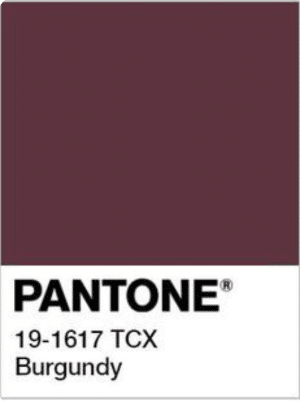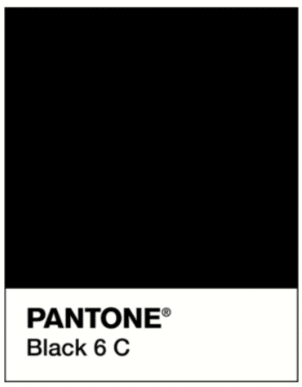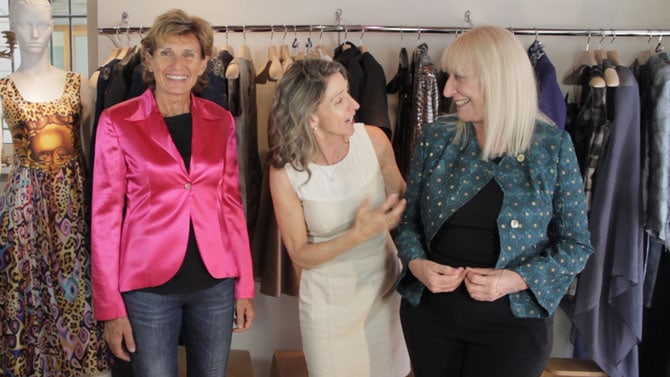Color Selection is Essential to Fashion for Older Women
Be honest. How many times have you purchased something just because you “loved the color”? Other than fit, one of the first things that we look at when choosing a new item of clothing is the color.
Unfortunately, as we age, our skin changes, and many of the colors that looked great on us when we were younger no longer make us sparkle.
Your Favorite Colors Aren’t Necessarily the Most Flattering
By the time we reach our 60s, we know what we like in most aspects of our lives. This is definitely true when it comes to colors. When we walk into a store or browse online options, it is completely natural to gravitate towards items of clothing with colors that we love.
The problem is that your favorite colors aren’t necessarily the best colors for your skin tone.
The best thing to do is try each item of clothing on and remind yourself to look objectively at how they look next to your skin. (If you purchase online, look for stores with simple return policies.) If you still want to wear the colors that you love, even if they don’t compliment your skin, consider wearing them on the bottom, not on top.
For example, while very few older women will look good in a red scarf, having a red belt may be completely appropriate with certain outfits.
What Is Color Analysis?
Barbara Schwartz explains: “Color analysis is the process of identifying the colors that will be most flattering to a person, based on her or his skin tone, natural hair color, and eyes. Suzanne Caygill first brought to the public’s attention the Seasonal System of Color Analysis in 1980, when she published Color: The Essence of You.”
This system categorizes people into four seasons, based on the undertone of their skin. Those with a cool (blue) undertone are Winter or Summer; those with a warm (yellow) undertone are Autumn or Spring.
More recently, the four seasonal palettes have been expanded, to take into account the fact that many people have coloring characteristics common to more than one season. Try out the Colorwise.me website to determine your color palette and get advice about what colors look best on you.
Don’t Listen to Sales People – Take a Friend with You
Shopping for clothes at any age is hard work. This is especially true given the fact that sales assistants are not necessarily compensated to make us look great; they are paid to sell us clothes.
Shop assistants will sell you anything. Very few of them will tell you the truth about the color.
The advice here is to take a friend with you on your shopping trip. Not only will they be more likely to give you an honest opinion about how each item of clothing looks on you, but they can help you to stand up to the shop assistants and take the time you need to make good fashion decisions.
Why Worry About Color?
Karen Brunger, a leader in the industry today, answers this question: “As an image consultant, I consider color to be the most important element in having my clients appear their very best. Colour can help us appear healthier, more alive, personally powerful, and in harmony with ourselves. Conversely, color can make us appear jaundiced, anemic, unhealthy, insipid, and jarring.”
Avoid Trying to Match Your Clothes to Your Eyes
Has anyone ever told you, “That top looks fantastic with your eyes!” Be careful. Most of the time, people actually mean that the color in an item of clothing “matches” our eyes.
Trying to match our clothes to our eyes can be a big mistake. You think that the blue is bringing out the color in your eyes. In reality, it is doing exactly the opposite. Instead of trying to match your eye color, pay close attention to how your clothes look next to your skin tone.
Be Especially Careful with Reds and Pastels
As we get older, our skin tone changes. Specifically, our skin tends to get a bit “redder” as the capillaries in our face get more fragile and break. This is one of the reasons that it is so difficult for many women our age to make reds look good with our skin.
The same goes for pastels, which have a tendency to “mix” with our skin. This is yet another example of why color selection is so important when it comes to fashion for older women. It’s better to stick with dark colors, such as black, dark blue, or bordeaux, for your basic items of clothing. You can always accessorize them with other colors. Just be extra careful with reds and pastels.



Choose Clothing for Fit First and Color Second
Perhaps the most important piece of advice is to keep color in perspective. Compared to “fit,” it’s just not that important. What you really want to do is technically fit your body, so that the clothing fits you. Then, the color can be added.
Books About Color
Interested in learning more about color? Here is a selection of interesting books all about color.
The Color of Fashion delves into the significance of color in dress and explores how the symbolism has shifted over time.
The Secret Lives of Color tells the unusual stories of seventy-five fascinating shades, dyes, and hues.
Palette Perfect is both a practical guide and an inspirational book that proposes a reflection on the universe of color combinations, the moods and atmospheres they evoke, and how we associate particular places and emotions to special colors.
What About Color Trends
Don’t wear a color simply because it is trending, but if it happens to be in your color palette then you are lucky!
Seasonal color trends in the fashion industry are chosen through a combination of factors. You will know a color is trending if you see the same color (maybe in various tones) in multiple stores.
Market Research
Fashion brands and forecasting agencies conduct extensive market research to analyze current trends and consumer behavior. They study various sources such as runway shows, street style, social media, retail sales data, and consumer surveys to understand what colors are resonating with audiences.
Consumer Preferences
Understanding consumer preferences is crucial for determining color trends. Fashion brands often track which colors are selling well in their current collections and analyze feedback from customers. They may also conduct focus groups or online surveys to gather insights into color preferences among different demographic groups.
Cultural Influences
Cultural events, global happenings, and societal shifts can significantly impact color trends. For example, Pantone, a leading authority on color, often selects its Color of the Year based on trends in various industries, as well as socio-economic and cultural influences.
Fashion Shows and Designers
Fashion designers play a pivotal role in setting color trends through their runway presentations. Their collections often feature a curated color palette that reflects their creative vision for the season. The colors showcased on runways can influence other designers, retailers, and consumers.
Forecasting Agencies
Trend forecasting agencies specialize in predicting future trends in various industries, including fashion. These agencies analyze a wide range of factors and produce trend reports that outline upcoming color palettes, patterns, and styles. Fashion brands often subscribe to these services to stay ahead of the curve.
Adaptation and Innovation
While certain colors may emerge as trends for a particular season, there is always room for interpretation and innovation. Designers often experiment with different shades, combinations, and textures to create fresh interpretations of trending colors.
Media and Influencers
Fashion magazines, blogs, social media influencers, and celebrities also play a role in popularizing certain colors. Their endorsements and appearances in specific hues can drive consumer interest and contribute to the adoption of color trends.
Let’s Have a Conversation:
Do you agree with these tips for choosing colors that look great on you? Have you ever chosen an item of clothing that you loved because of its color, only to find that it didn’t look good on you?








Colors that look good on you age has nothing to do with it
Yes, What a lot of bollocks